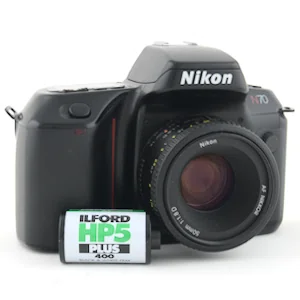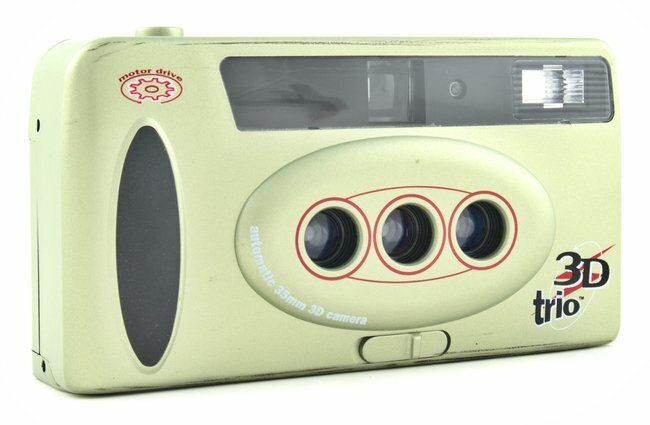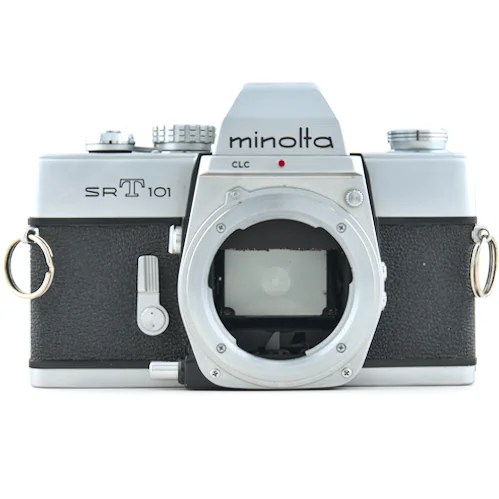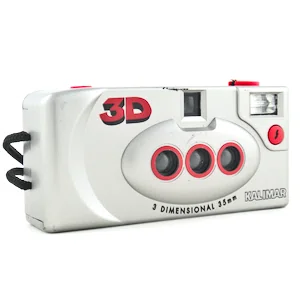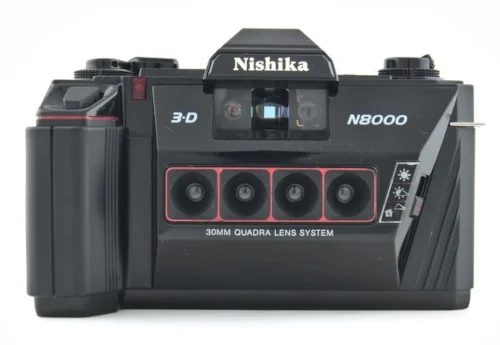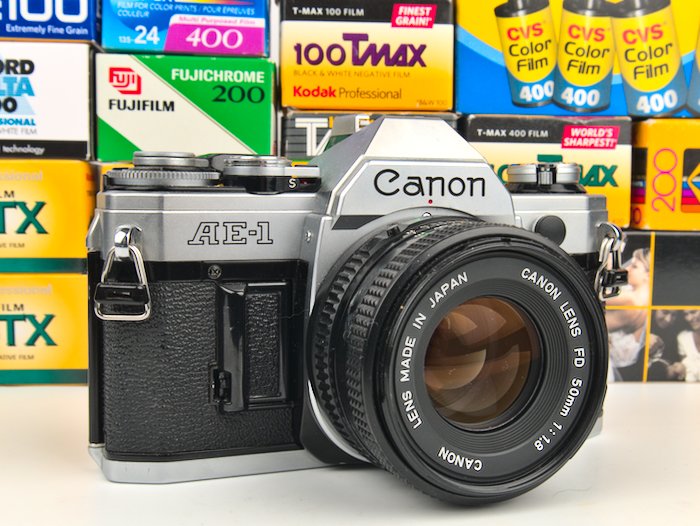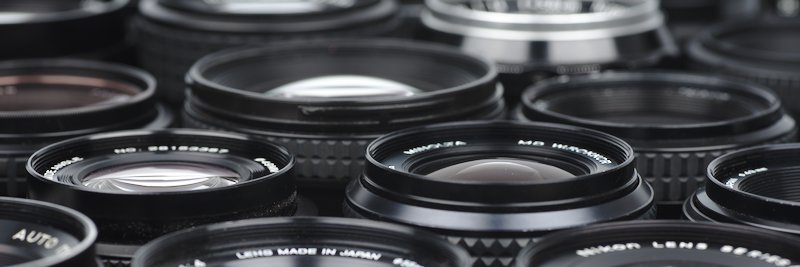
We’re In the Golden Age of Digital Photography
Image quality at base ISO has not meaningfully improved since 2008-2013. DSLRs are fun to use. Despite the marketing, new tech doesn’t change that.
Manufacturers have made large improvements in video features, resolution, and image quality. Around 2016 is when good quality 4k at 30fps became widely available in consumer cameras.
The shift from DSLRs to mirrorless has resulted in a selloff of Canon EOS EF and Nikon F cameras and lenses. It is possible to get absolutely obscene price to performance value on used gear. Lens adapters make it possible to use these lenses on mirrorless cameras.
Used Camera Gear Shopping
If you’re looking for your first dedicated camera, it rarely makes sense to buy new. Spening thousands of dollars on new gear doesn’t mean you’ll actually like using it. My two recommendations for camera shopping are:
- Don’t discount the importance of size and weight. Smaller and lighter is better.
- Think about the lenses you’ll want. Don’t spend your entire budget on a camera body to get stuck with a kit lens.
Just like all new tech, camera gear quickly depreciates. Last year’s best in class camera is often this year’s 50% off used deal. That doesn’t even mean it is worth buying because until you have experience, you don’t know what camera features are actually important to you.
The difficulty in finding deals is that there are hundreds of different camera models. Dozens of them might fit your needs. To make your life easier, I’ve been going through series of models to create used buying guides.
Used Camera Price Lists
- 16 Cameras Under $250
- 24 Cameras Under $500
- 20 Cameras Under $750
- 14 Cameras Under $1,000
- 18 Cameras Under $1,500
- 11 Cameras Under $2,000
- 5 Cameras Under $3,000
- 6 Cameras Under $4,000
- 2 Cameras Under $5,000
- 2 Cameras Under $6,000
- A Leica for Less Than $7,000
Picking Out Vintage Lens Winners.
All lenses aren’t equal, especially when it comes to vintage and early digital camera lenses. Modern lenses will give you images that are razor sharp corner to corner. Vintage lenses can set themselves apart by how they render, the color you can get with them, interesting bokeh, or other characteristics not valued by current photographers.
On the other hand, many vintage lenses are not good. Their performance may not be good enough to set them apart from other lenses. Worse, as time has gone on some lenses have defects such as haze, fungus, balsam separation, or degraded grease, that will render them worthless because of the difficulty in repair.
I’m somewhat indiscriminate in my purchasing of gear, so I get a mix of good, bad, and average. The lens reviews will help you find a lens worth owning. These are popular film cameras that recieve frequent lens questions.
- Canon AE-1 Lenses
- Pentax K1000 Lenses
- Pentax Spotmatic Lenses
- Nikon FM2 Lenses
- Nikon FE2 Lenses
- Canon A-1 Lenses
- Olympus OM-1 Lenses
- Minolta SR-T 101 Lenses
- Minolta X-700 Lenses
Camera Batteries
Have you ever been paranoid about the capacity of a battery? Especially if it was from a third party? I was.
I have figured out how ANYONE can inexpensively capacity test camera batteries. I have written a guide on how to capacity test camera batteries. It is a simple DIY project that only requires a screwdriver and pair of wire strippers.
Recent Posts
